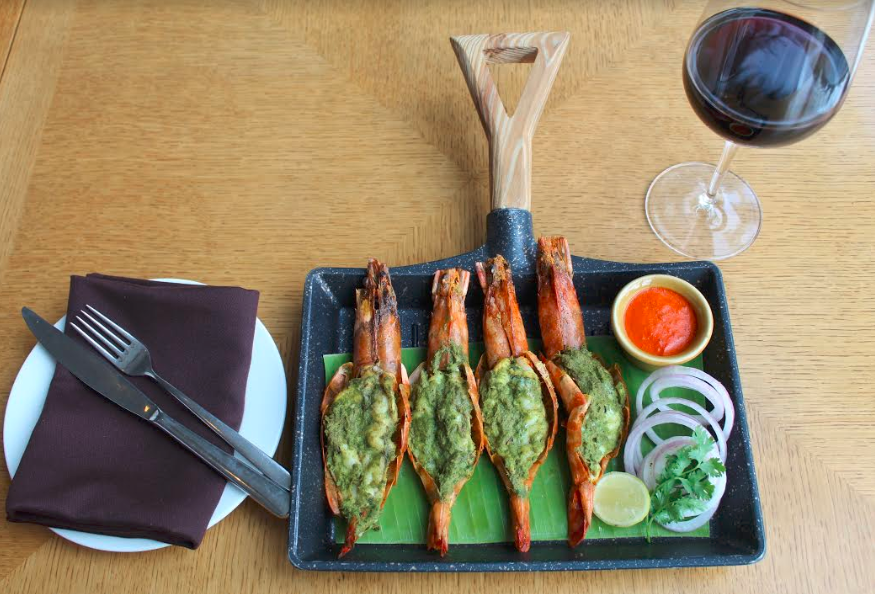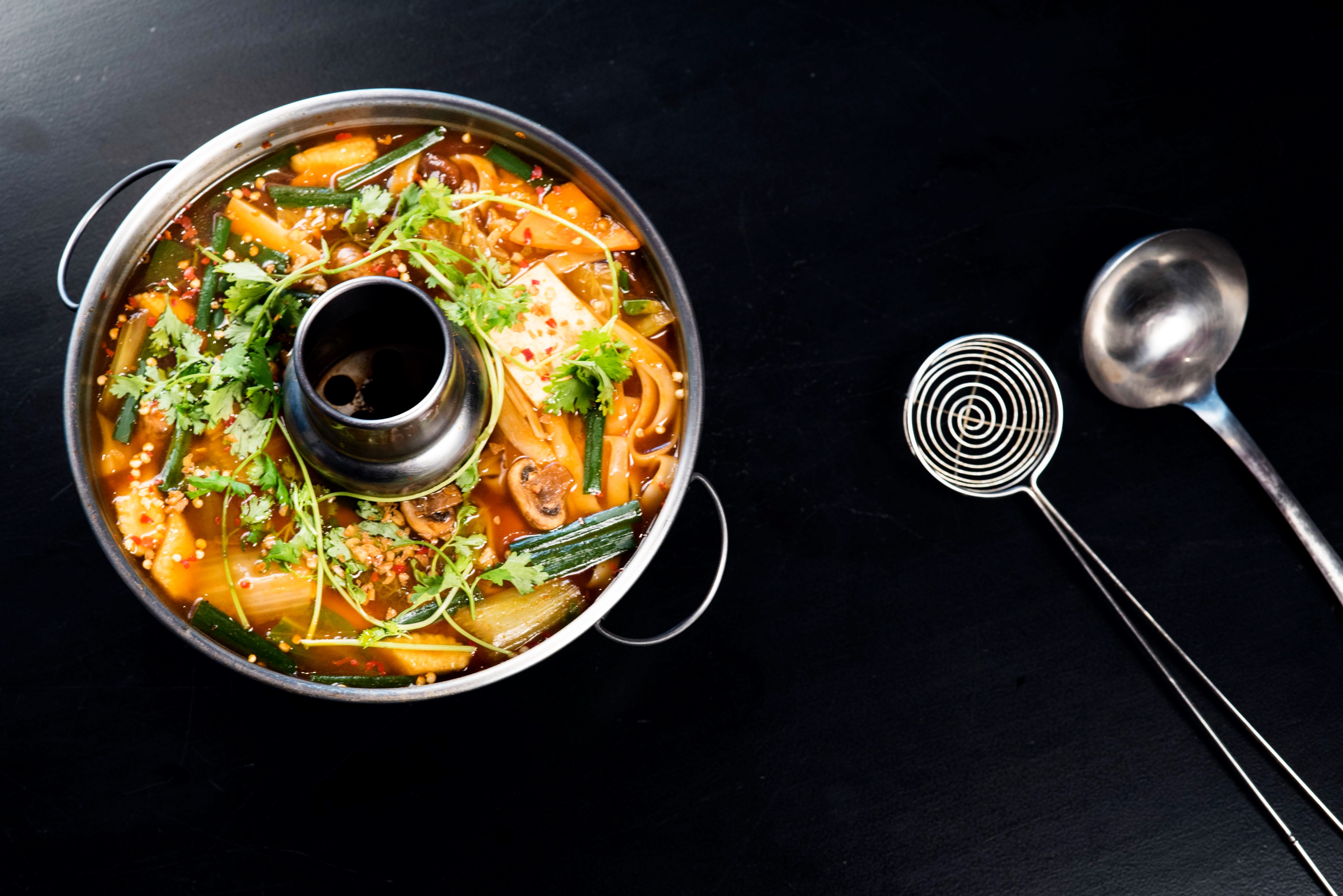A versatile spice that can be used in dried, ground and fresh forms, coriander has a unique flavour that packs a punch.
The distinct aroma, pungency and flavour of coriander is unmissable which makes this a spice that can add a zing to any dish you make. To add to that it also has several health benefits that add a punch to this spice.
Advantage Coriander
Coriander is commonly used in three forms as fresh plant, whole dried seeds and in ground form. Roasting the seeds ensures that the flavour, aroma and pungency are activated. Ground coriander seed is a spice in garam masala, roasted coriander seeds, called dhana dal, are eaten as a snack. The fresh root is one of the main ingredient to flavor soups like shorba and rasam, the seeds have a sweet spicy taste used in many of the dishes to give a distinct flavour, the leaves when used in food does not lends flavor but also gives freshness to the food. “Coriander seed is used for pickling vegetables. In Russia and Central Europe, coriander seed is an important ingredient in bread making. The people in North America use them in their cuisine, by mixing the powdered seeds ground with chili and using it as a condiment with meat, and also eating leaves as a salad” says Sidharth Bhardwaj, Executive Chef, Sheraton Hyderabad Hotel Gachibowli. Rohan Malwankar, Executive Sous Chef, The Westin Hyderabad Mindspace adds, “it is the main ingredient of the two most popular South Indian dishes, sambhar and rasam. Dhania/coriander powder acts as a thickener when used in curries. It also makes as a great component in spice rubs for fish and chicken, and adds a robust flavour when used in making homemade pickles.”
Making the Difference
Coriander acts as a spice in terms of lending the food its freshness and aroma. This brilliant spice also prevents food poisoning by being harmful to a range of bacteria. “Coriander has a strong aroma and if we want to have this aroma infused with the food it is wise to never cook for a longer time after adding fresh coriander to any dish. If this is added in the last minute to any dish being cooked and then kept covered after removing from the flame, the aroma is released into the dish and it tastes fresh and aromatic,” says Avijit Deb Sharma, Executive Chef Ibis Bengaluru Outer Ring Road. Rahul Dhavale, Executive Chef, The Westin Mumbai Garden City adds, “while cooking coriander leaves, they should always be used with the stalk because stalk has more flavor than the leaves. It is always essential to wash the green coriander leaves before chopping since washing post chopping always spoils the flavor. Garnishing green coriander leaves in the end is always beneficial since it gives more flavour to the dish.” Coriander has been part of many cuisines, enticing palates as both a spice and herb. “The leaves of coriander, popularly known in the US and Mexico as cilantro, is fragrant and refreshing with a prominent citrus note. It is used as a garnish as well as in curries, chutneys and more. On the other hand, in the seeds the flavour of citrus is subdued by a warm and nutty aroma that works great in marinades especially when paired with cumin and cinnamon,” says G V Ramesh, Executive Chef, Novotel Kochi Infopark.

Do it Right
When using coriander in cooking, you need to understand that the seeds of the plant are considered a spice, rather than the plant. The seeds have a lemony citrus flavour when crushed and is warm, nutty and spicy. Hence you will need to use the fully ripened coriander seeds, which are greenish brown in colour which gives the best flavour and ensure that it is either powdered or crushed. Dharmesh Karmorkar – Founder & Director Thangabali and Duma Dum Mast Kalandar adds, “when coriander powder is put directly in hot oil, it immediately burns and loses its flavour and aroma. Hence the best time is to add it after sautéing. However if the recipe demands for it being added in oil, then ensure the oil is not too hot.” It is best to dry roast them to get the best flavour and do note that it tends to lose its flavour over time. Chef Naveen Handa, Executive Chef, JW Marriott Chandigarh avers, “coriander is a versatile ingredient. Coriander leaves are mostly used as herbs to garnish many Indian dishes like soups and salads. The coriander seeds on the other hand have a rich citrusy flavour and can be used as whole and in powdered form as well. When grounded fresh, they lend a much stronger flavour to the dish besides helping maintain the consistency of its gravy.”
Healthy Bites
Coriander is a good source of dietary fiber, iron, magnesium and coriander leaves are rich in Vitamin C, Vitamin K and protein. They also contain small amounts of calcium, phosphorous, potassium. Coriander contains anti-inflammatory properties and helps in inflammatory diseases such as arthritis. Coriander’s anti-septic properties help to cure mouth ulcers and it is good for the eyes as antioxidants in coriander prevent eye diseases. Coriander helps those suffering from anemia as it contains high amounts of iron. Chef Rohan Dsouza, Culinary Director, Toro Toro, Goa avers, “coriander is best known to treat and prevent diabetes hence is always advised by the doctors. For the ones with digestive disorders, coriander is known best to flush the waste out, leaving behind a healthy system. It is also best for the skin, to keep it healthy and hydrated.”

Coriander Tandoori Prawns – courtesy Ibis Bengaluru Outer Ring Road.
Ingredients
- Tiger Prawns: 5 nos
- Hung Curd: 2 ½ tsp
- Cream: 5 tsp
- Ginger Garlic Paste: 1 tsp
- Yellow Chilli powder: ½ tsp
- Ajwain: 1 tsp
- Coriander Leaves: 100 gms
- Salt to taste
Method
- Mix all the ingredients, except the prawns and make a paste.
- Put prawns in a bowl, add the paste and marinate for 2 hours.
- Cook in the tandoor for 10 mints or till its cooked.
- Serve with coriander and mint chutney.
Fun Facts
- The coriander crop is ready for harvest in about 90 to 110 days depending upon the varieties and growing season.
- Harvesting has to be done when the fruits are fully ripe and start changing from green to brown colour.
- In India, coriander is cultivated over an area of 5.30 lakh hectare with the production of 5.62 lakh tones and productivity of 943 kg/ha.
- The main states cultivating coriander are Rajasthan, Gujarat, Andhra Pradesh, Madhya Pradesh, Tamil Nadu and Karnataka.
This story first appeared in Spice Route June 2019 issue here:
